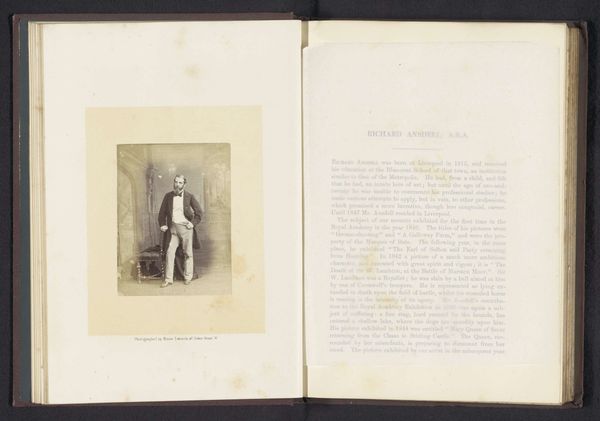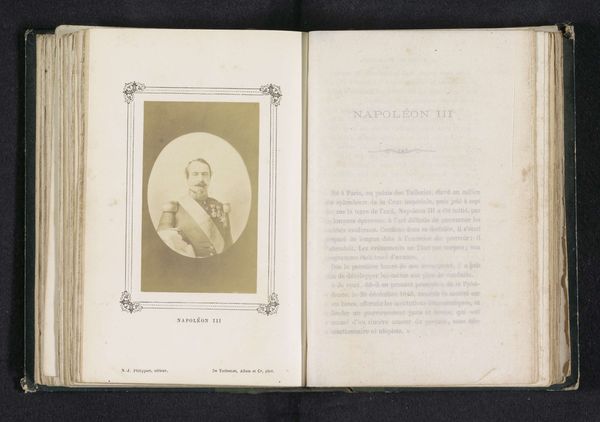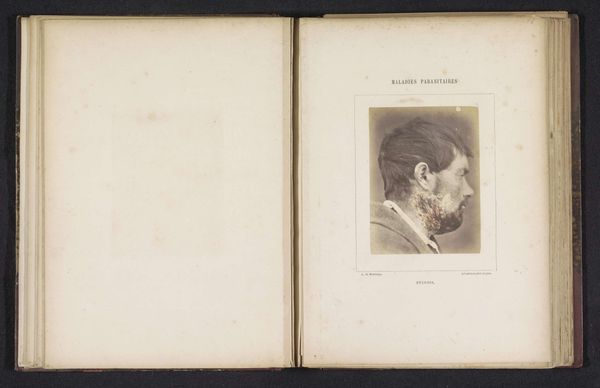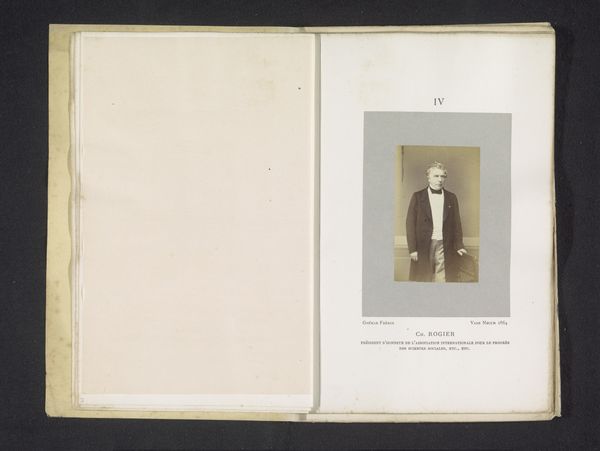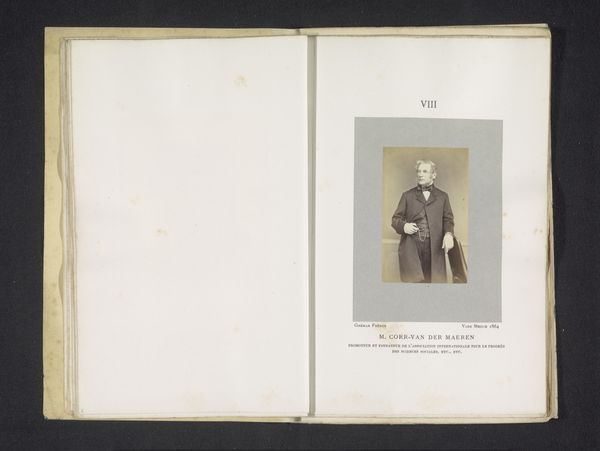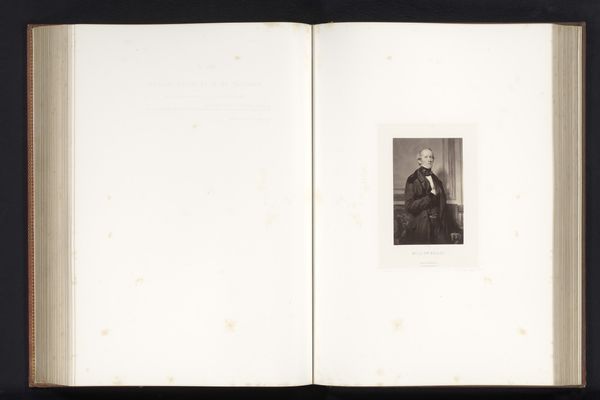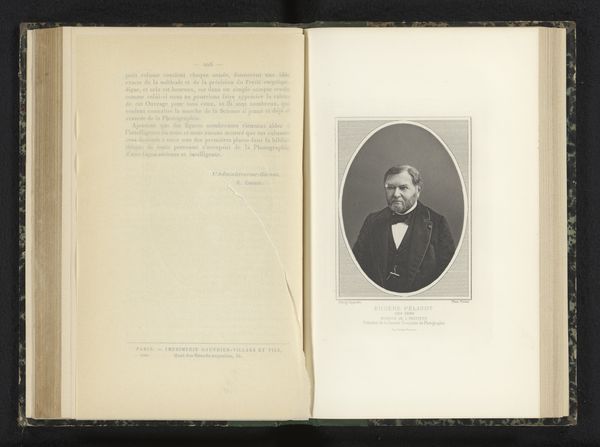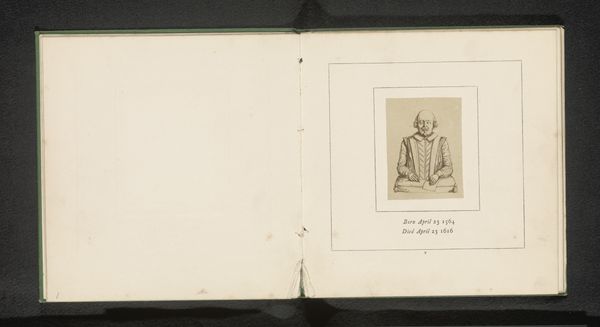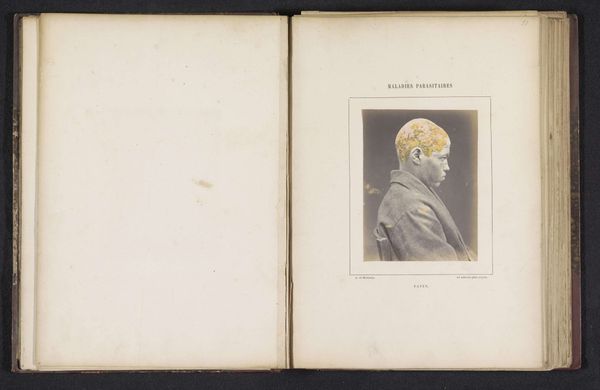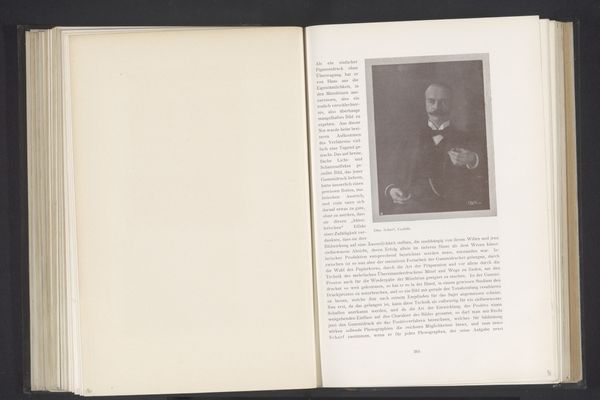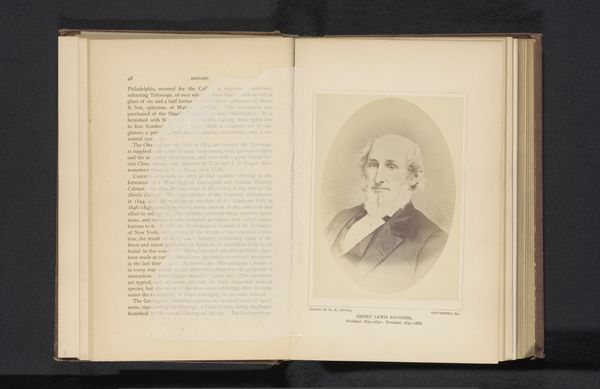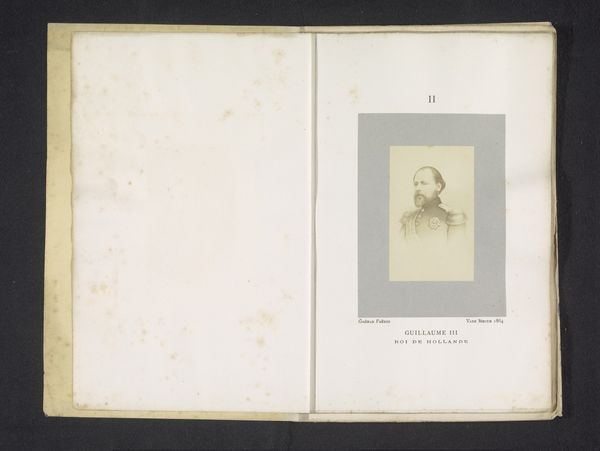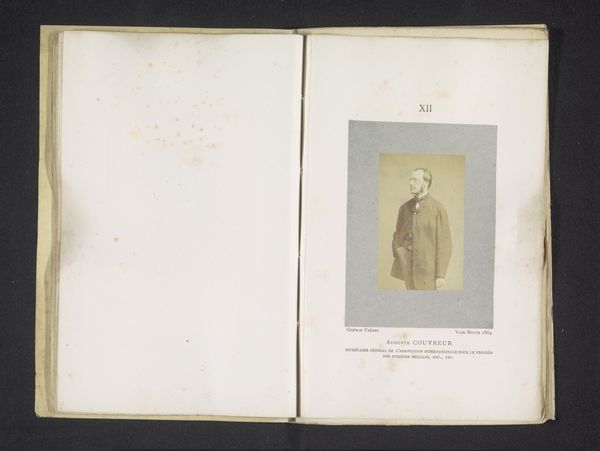
photography, albumen-print
#
portrait
#
photography
#
albumen-print
#
realism
Dimensions: height 111 mm, width 82 mm
Copyright: Rijks Museum: Open Domain
Editor: Here we have a rather stark portrait titled 'Portret van een onbekende man die lijdt aan pemphigus foliaceus,' which translates to 'Portrait of an unknown man suffering from pemphigus foliaceus.' It's an albumen print dating from around 1860 to 1868, made by A. de Montméja. There’s such vulnerability in his gaze. What stands out to you? Curator: What a powerful image. The gaze is key, isn’t it? Beyond the immediate medical context, which is clearly documented by the title and visible symptoms, I’m struck by what the image evokes about humanity and suffering across time. Pemphigus foliaceus is a disfiguring autoimmune disease; how does the artist's decision to depict it affect our reading? Does the medical intent remove it from being simply a 'portrait'? Or does it create a new category altogether? Editor: That’s a good point! I suppose it straddles that line between objective medical record and personal representation. Curator: Exactly. Notice how the image's composition - the stark framing of his face, the simple clothing - almost mimics traditional portraiture. Think of how royal portraits emphasized power and status through clothing, pose, and symbolic objects. What symbols do we find here, in their absence? Perhaps the lack of adornment *is* the symbol - a statement about vulnerability and the human condition stripped bare. Editor: So, by contrasting what's *not* there with traditional portraiture, we can almost feel the weight of his experience and societal perceptions? Curator: Precisely! It’s about deciphering the absence of expected visual cues. His condition, rather than being hidden, becomes the defining characteristic, a raw, unforgettable symbol of the body's fragility and the persistent reality of illness throughout history. Editor: That adds another layer to how I see this piece. Thanks, I wouldn’t have considered the power in the negative space, so to speak. Curator: Art allows us these reflective moments, doesn’t it? To pause, and recognize shared symbols throughout art history with modern interpretations.
Comments
No comments
Be the first to comment and join the conversation on the ultimate creative platform.
